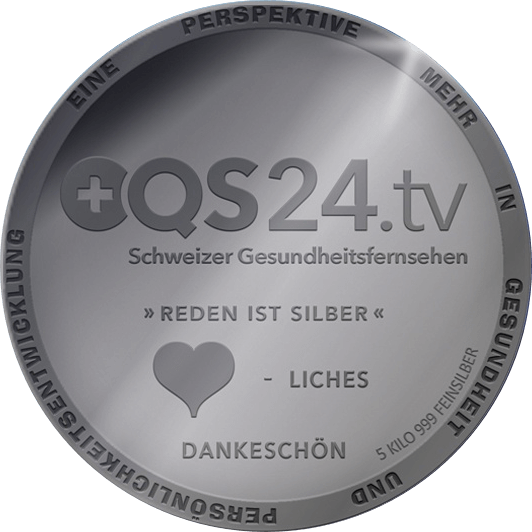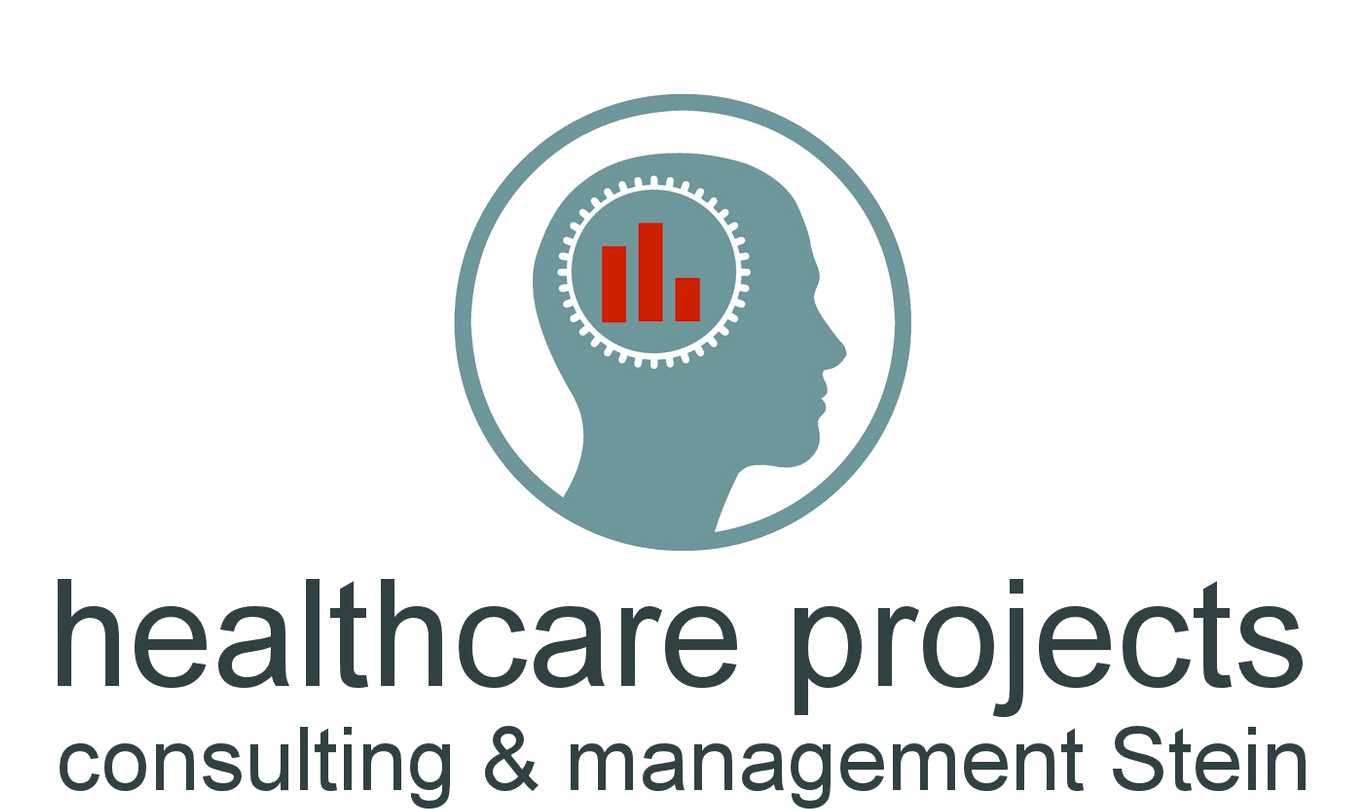What do heat differences tell us? Thanks to the great diagnostic achievements of our time such as X-ray, sonography, computed tomography (CT scan) or magnetic resonance imaging (MRI), we examine the actual state of the body through electron microscopy. To have a stable health, it is also necessary to keep the body's processes in balance. Symptoms of an illness are associated with an imbalance of the regulatory processes as well as with mental and emotional changes.
What is Thermography?
We record the flux in the body temperature with computer-assisted regulation thermography (CRT). If a body is in a defensive process, it regulates itself with an elevated temperature and activates the immune response of the body fluids, including acute diarrhea, sweating, runny nose, wound secretion, etc. The organism regulates from the target to a necessary actual state. If the immune system can withstand, the disease process is overcome. The organism strives to maintain its balance. In general pathology, the disturbance of the balance between “building up” (anabolic) and “breaking down” (catabolic) metabolic processes is the most important pathological principle.
We use CRT to measure the temperature via the skin. We therefore get a clearer picture of diagnostic questions such as the environmental and internal stresses, intestinal mycoses (fungal strains), functional disorders of the thyroid and pancreas, food allergies, decay dyspepsia in the intestine, heart diseases and the health of the breast tissue.
This method of diagnosis helps patients to discover, and better understand the hidden causes behind an array of symptoms and suffering. It can recognize relationships between misunderstood chronic suffering and unknown internal health problems.
The benefits of thermography go beyond its use as a disease prevention tool, since it can also be used to track the progress of recovery, including the effects of certain treatments or therapies.
Important to Note
The most important and surprising thing to note, however, is that the heat changes are often the first signs of dysfunction, noticed years before the emergence of noticeable or clinically detectable disease.
For this reason, even young, and supposedly healthy people can benefit from a thermogram diagnosis, in order to target the weak points and resolve problems before they develop into more serious diseases and disorders.




